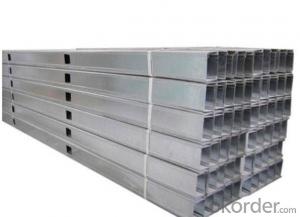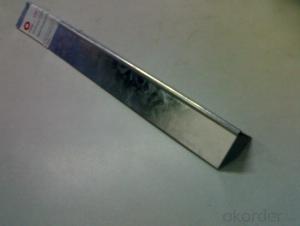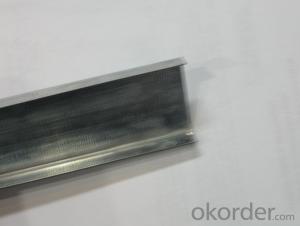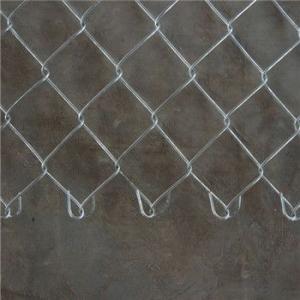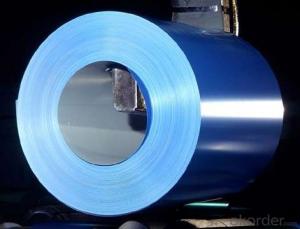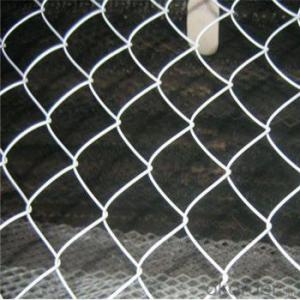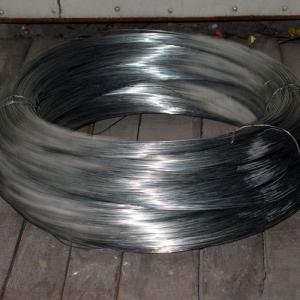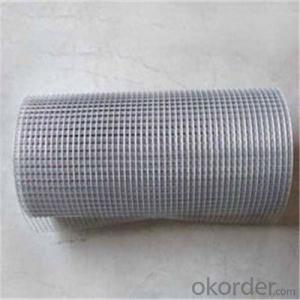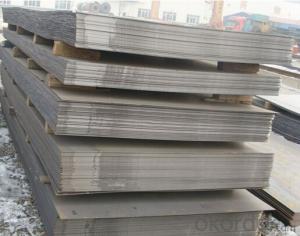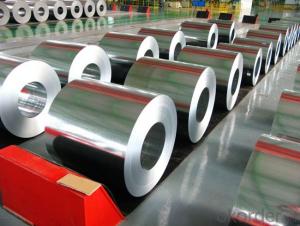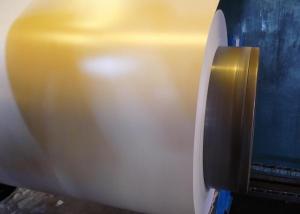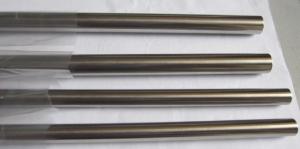Galvanized Steel Pipes
Galvanized Steel Pipes Related Searches
Best Paint For Stainless Steel Paint For Galvanized Steel Steel Frames For Furniture Self Tapping Screws For Steel Surface Grinding Wheels For Hardened Steel Hole Saw For Stainless Steel Paint For Stainless Steel Stainless Steel For Bbq Step Bit For Stainless Steel Sponge For Stainless SteelHot Searches
Steel Mesh Panels For Sale Price For Stainless Steel Scrap Scrap Price For Stainless Steel Price For Stainless Steel Stainless Steel Tank For Sale Stainless Steel Sheets For Sale Cheap High Tea Sets For Sale Stainless Steel Tanks For Sale Stainless Steel For Sale High Density Fiberboard For Sale Solar Hot Water Collectors For Sale Scaffolding For Sale In Uae Scaffolding For Sale In Ireland Scaffolding For Sale In Houston Type Of Inverter For Solar Price Of Shipping Containers For Sale Types Of Inverter For Solar Stock Price For Aluminum Used Solar Inverter For Sale Steel Mesh Panels For SaleGalvanized Steel Pipes Supplier & Manufacturer from China
Okorder.com is a professional Galvanized Steel Pipes supplier & manufacturer, offers integrated one-stop services including real-time quoting and online cargo tracking. We are funded by CNBM Group, a Fortune 500 enterprise and the largest Galvanized Steel Pipes firm in China.Hot Products
FAQ
- The typical wall thickness of stainless steel pipes can vary depending on the specific application and industry requirements. However, it is common to find stainless steel pipes with wall thickness ranging from 0.065 inches (1.65 mm) to 0.250 inches (6.35 mm).
- The cost of stainless steel pipes can vary based on factors such as the size, grade, and quantity needed. It is best to contact a supplier or manufacturer for specific pricing information.
- Yes, stainless steel pipes can be used for pulp and paper industry applications. Stainless steel is a highly durable and corrosion-resistant material, which makes it suitable for various industrial applications, including those in the pulp and paper industry. The industry involves the transportation of corrosive chemicals and liquids, such as acids, bleaching agents, and solvents, which can degrade and corrode regular pipes over time. Stainless steel pipes, on the other hand, are resistant to corrosion and can withstand the harsh chemicals and high temperatures commonly found in pulp and paper plants. Additionally, stainless steel pipes are also hygienic and easy to clean, making them suitable for applications where cleanliness is essential, such as food-grade paper production. Overall, stainless steel pipes are a reliable and long-lasting choice for the pulp and paper industry.
- Various applications commonly utilize different types of stainless steel pipe connections. Some of the most frequently used types are as follows: 1. Threaded Connections: These connections involve joining two pipes with matching threads by screwing them together. They are typically employed for smaller pipe sizes and applications with low pressure. 2. Socket Weld Connections: In this type of connection, the pipe is inserted into a socket and then welded around the joint. Socket weld connections are primarily used for smaller pipe sizes and applications with high pressure. 3. Butt Weld Connections: Butt weld connections entail welding the ends of two pipes together. They are commonly employed for larger pipe sizes and applications with high pressure. 4. Flanged Connections: Flanged connections involve connecting two pipes by attaching a flange to each end. The flanges are then secured by bolts to create a strong joint. Flanged connections are frequently used for larger pipe sizes and applications that require easy disassembly. 5. Compression Connections: Compression connections utilize a compression fitting to connect two pipes. This type of connection is particularly useful for applications that require frequent disassembly and reassembly. 6. Grooved Connections: Grooved connections involve using grooved fittings to connect two pipes. The grooves on the fittings align with grooves on the pipes, and a gasket is inserted to create a seal. Grooved connections are commonly utilized in fire protection systems and industrial piping. Each type of stainless steel pipe connection offers its own advantages and disadvantages. The selection of the appropriate connection type depends on the specific requirements of the application, taking into account factors such as pressure, temperature, pipe size, and ease of installation.
- Indeed, underground installations can certainly utilize stainless steel pipes. Renowned for its exceptional resistance to corrosion, stainless steel proves to be a fitting option for environments below the surface where moisture and chemicals abound. Moreover, its immense durability allows it to endure and thrive amidst harsh conditions, rendering it an unwavering choice for underground installations. Not only that, stainless steel pipes boast remarkable strength and an ability to resist cracking or harm, thus ensuring the longevity of the installation. In summary, owing to their corrosion resistance, durability, and strength, stainless steel pipes remain a highly preferred selection for underground applications.
- There are several different types of stainless steel pipe flanges available, each designed for specific applications and requirements. Some common types include: 1. Weld Neck Flanges: These flanges have a long tapered hub and are welded to the pipe, providing excellent strength and durability. They are ideal for high-pressure and high-temperature applications. 2. Slip-On Flanges: These flanges slide over the pipe and are then welded in place. They are easy to install and provide a secure connection. Slip-on flanges are commonly used in low-pressure and non-critical applications. 3. Socket Weld Flanges: These flanges have a socket-like end that fits over the pipe and is then welded in place. They are used for smaller-sized pipes and are known for their resistance to leakage. 4. Threaded Flanges: These flanges have internal threads that allow them to be screwed onto the pipe. They are used in low-pressure applications and are easy to install and remove. 5. Lap Joint Flanges: These flanges consist of two components – a stub end and a loose backing flange. They are used in systems requiring frequent dismantling or where alignment is crucial. 6. Blind Flanges: These flanges are solid and have no bore, making them ideal for closing off the end of a pipe. They are commonly used in piping systems that require periodic inspection or cleaning. 7. Orifice Flanges: These flanges have concentric or eccentric holes to measure the flow rate of a fluid. They are often used in flow measurement applications. 8. Spectacle Blind Flanges: These flanges consist of a combination of a blind flange and a spacer. They are used to separate sections of a pipe system and can be easily removed for maintenance or repair. It is important to select the appropriate type of stainless steel pipe flange based on the specific requirements of the application, such as pressure, temperature, and fluid compatibility.
- The common sizes of stainless steel pipes vary depending on their intended use and industry standards. However, some of the most common sizes include 1/8 inch, 1/4 inch, 3/8 inch, 1/2 inch, 3/4 inch, 1 inch, 1 1/4 inch, 1 1/2 inch, 2 inch, 2 1/2 inch, 3 inch, 4 inch, 5 inch, 6 inch, 8 inch, 10 inch, 12 inch, 14 inch, 16 inch, 18 inch, 20 inch, 24 inch, and 36 inch. These sizes are typically measured based on the outside diameter (OD) of the pipe. It is important to note that these sizes may vary slightly depending on the specific standards followed by the manufacturer or industry.
- How much is one ton of stainless steel pipe?
- If you want to use industrial, production, 316L is the best, but the price is expensive, but the best rust resistance, high stability.



